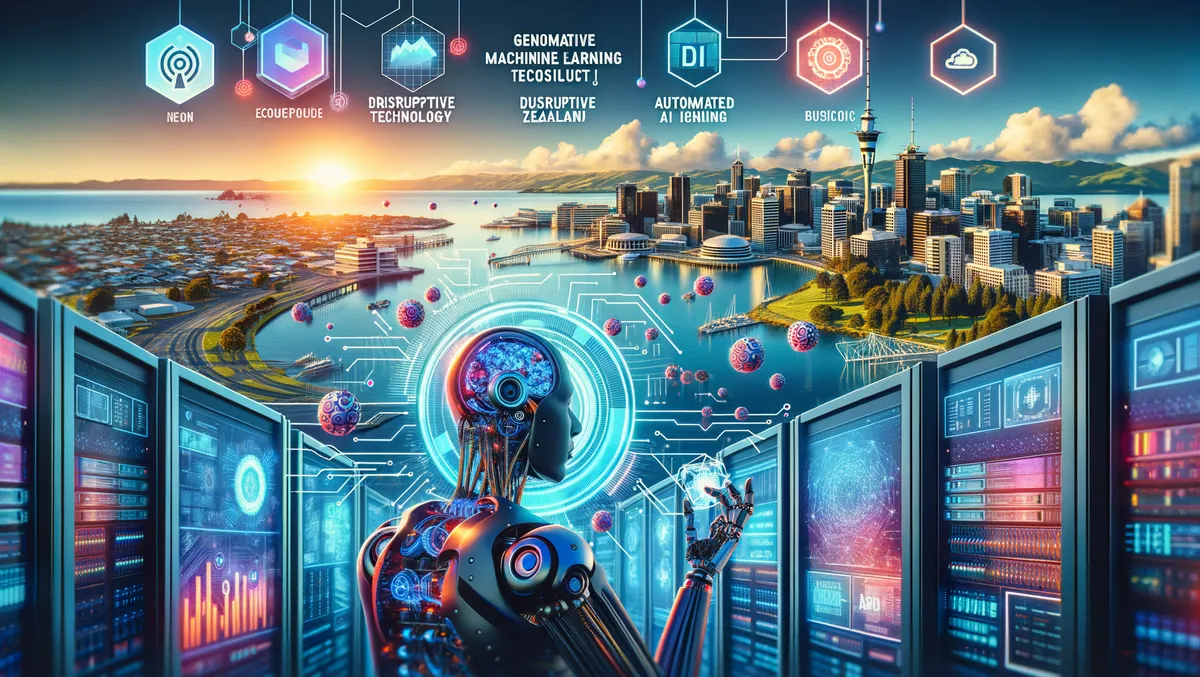As per Garry Green, Managing Director and Founder of Quanton, the solution to the economic headwinds, skills shortage, and increasing customer expectations that New Zealand's businesses are currently facing lies in disruptive technologies that can help them do more with less. Green suggests that the changes brought by the pandemic and the invasion of Ukraine have shifted the focus towards harnessing technology to achieve genuine business benefits.
Garry Green identifies four potential trends that have the ability to transform the local market. Most significantly, he sees generative AI, which has been trained on an extensive dataset of text, audio files, and images, as the biggest AI trend of 2024. The technology can generate new content, notably embodied by OpenAI's DALL-E deep learning model and ChatGPT.
ChatGPT is a conversational language model that creates human-like text responses. Its potential applications are wide-ranging, from customer service chatbots to content creation. It can ultimately lower costs and increase efficiency, leading Green to believe that these language models "have the potential to be highly disruptive in many industries." Furthermore, Green envisions a future where employees can create their own personal automation by simply typing in their requirements.
Another significant trend identified by Garry Green is automated machine learning (ML), which promises to bring AI closer to employees by reducing the need for scarce data scientists. This promising technology allows for rapid feedback loops and more frequent model retraining and validation in real-time. Green asserts, "It removes the need for scarce data scientists to design ML models and fine-tune the performance of different algorithms. This offers the potential to reduce the time and cost, enabling quicker time to market."
A third potential solution to New Zealand's economic problems stems from low-code/no-code technology, which has already gained traction globally. Gartner forecasts that by 2025, 70% of new apps developed by enterprises will use low-code/no-code technologies. Ultimately, these systems will enable businesses to be more customer-focused, agile, and responsive, leading to faster market innovations.
The last trend underscored by Garry Green, process orchestration workflow, offers an efficient and scalable solution to operational improvements. Garry Green asserts that the orchestration of workflows across a hybrid workforce ensures the right tasks reach the right human or robot at the right time. This allows for integrated management of people, processes, systems, and data, thus offering businesses a cohesive total view of operations.
Garry Green sees all four trends as having the power to increase productivity and agility among New Zealand companies, especially among mid-market businesses, which can act more quickly than big enterprises. Despite the existing economic hurdles, Green concludes that such smart utilisation of technology can give businesses an invaluable competitive advantage in 2023 and the years to follow.



